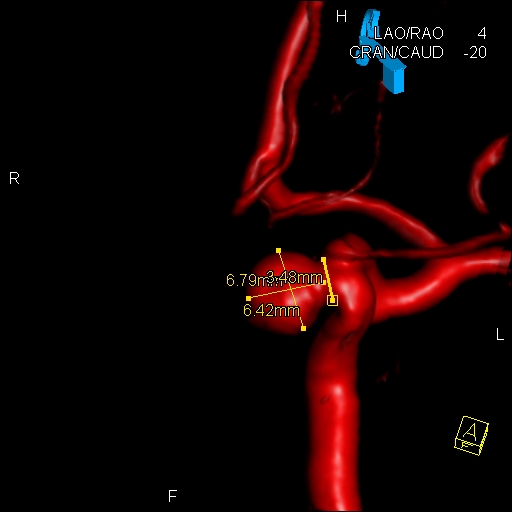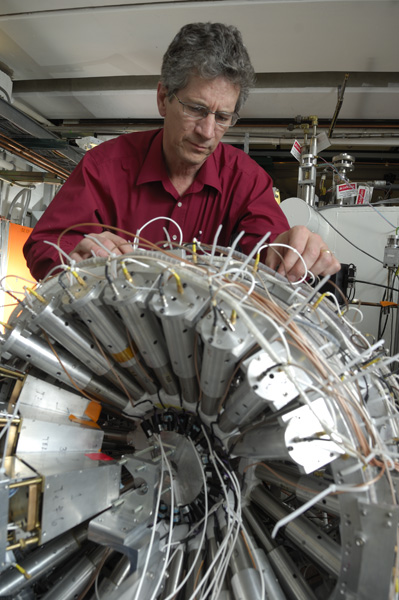A new study appearing in Clinical Cardiology examines the average fitness level of the morbidly obese (body mass indexes between 40.0 and 49.9). The findings show that the tested population was sedentary for more than 99 percent of the day and, on average, walked less than 2,500 steps per day – far below healthy living guidelines of 10,000 steps per day. The results provide important links between obesity, poor fitness and cardiovascular disease.
The study used a precise body sensor to continually measure physical activity, caloric expenditure and movement minute-by-minute over a 72-hour period within their home environments. Following collection of the data, structured cardiorespiratory fitness testing was performed on each subject.
Norma Wooley checked into Loyola University Hospital on a recent Monday morning for brain surgery to repair a life-threatening aneurism (also: aneurysm). She went home on Tuesday, cured of the slurred speech, drooping face and worst headache of her life.
Wooley had a cerebral aneurism, a weak spot in a blood vessel that balloons out and fills with blood. About six million Americans -- 1 in 50 people -- have brain aneurisms that could rupture. Each year, aneurisms burst in about 25,000 people, and most die or suffer permanent disabilities, according to the Brain Aneurysm Foundation.
You may soon be able to say goodbye to batteries for your Blackberry or cell phone. Instead, they will get power from just a wave of your hand.
In research presented at the ACS meeting in Salt Lake City, scientists describe technology that converts mechanical energy from body movements or even the flow of blood in the body into electric energy that can be used to power a broad range of electronic devices without using batteries.
Research by Michigan State University scientists is helping shed light on neutron stars, city-sized globs of ultra-dense matter that occasionally collapse into black holes.
A team led by Betty Tsang, a professor at MSU’s National Superconducting Cyclotron Laboratory, has had some success in measuring a key nuclear quality that may make it easier to describe the outer crusts of such stars.
If physicists lived in Flatland—the fictional two-dimensional world invented by Edwin Abbott in his 1884 novel—some of their quantum physics experiments would turn out differently (not just thinner) than those in our world.
The distinction has taken another step from speculative fiction to real-world puzzle with a paper from the Joint Quantum Institute (JQI) reporting on a Flatland arrangement of ultracold gas atoms. The new results, which don’t quite jibe with earlier Flatland experiments in Paris, might help clarify a strange property: “superfluidity.”
Dale Deutsch, Ph.D., Professor of Biochemistry and Cell Biology at Stony Brook University and colleagues discovered a new molecular mechanism for the processing of endocannabinoids, brain compounds similar to THC, the active ingredient in marijuana, and essential in physiological processes such as pain, appetite, and memory. Reported online this week in the Proceedings of the National Academy of Sciences (PNAS), the finding could pave the way for new medicines for pain, addiction, appetite control and other disorders.
 Study: Caloric Restriction In Humans And Aging
Study: Caloric Restriction In Humans And Aging Science Podcast Or Perish?
Science Podcast Or Perish? Type 2 Diabetes Medication Tirzepatide May Help Obese Type 1 Diabetics Also
Type 2 Diabetes Medication Tirzepatide May Help Obese Type 1 Diabetics Also Life May Be Found In Sea Spray Of Moons Orbiting Saturn Or Jupiter Next Year
Life May Be Found In Sea Spray Of Moons Orbiting Saturn Or Jupiter Next Year









